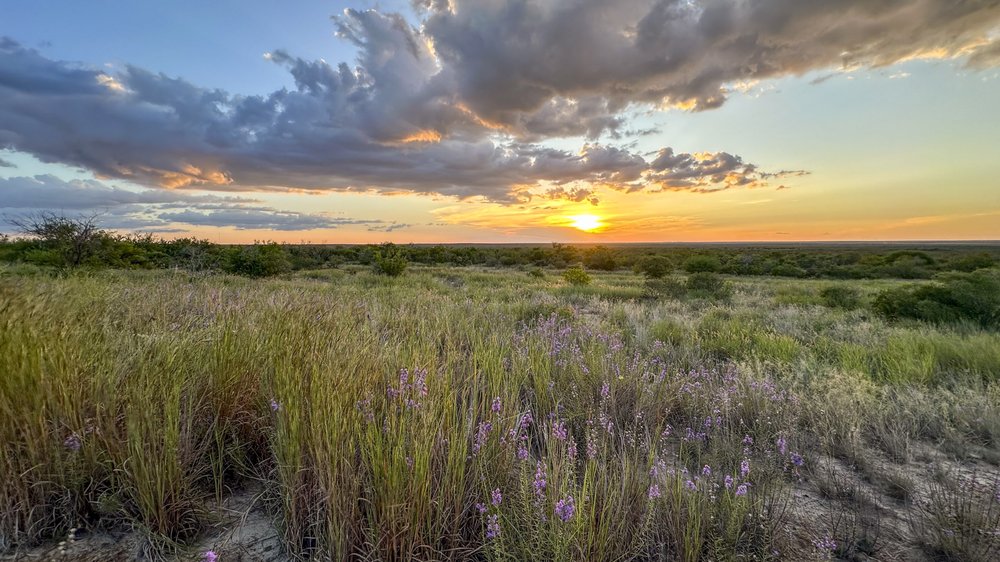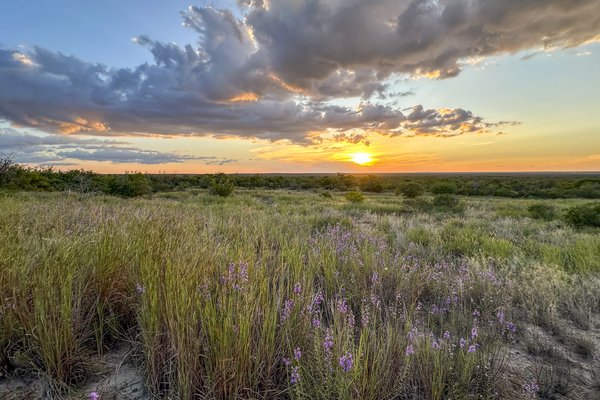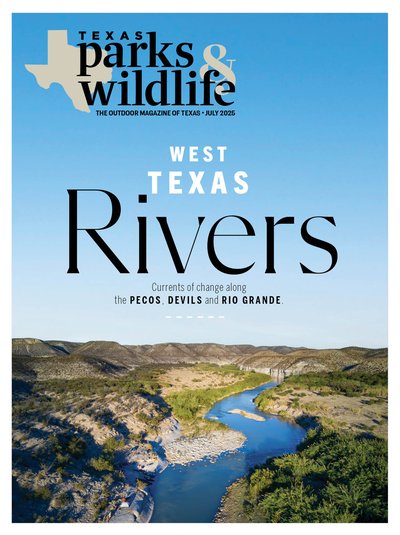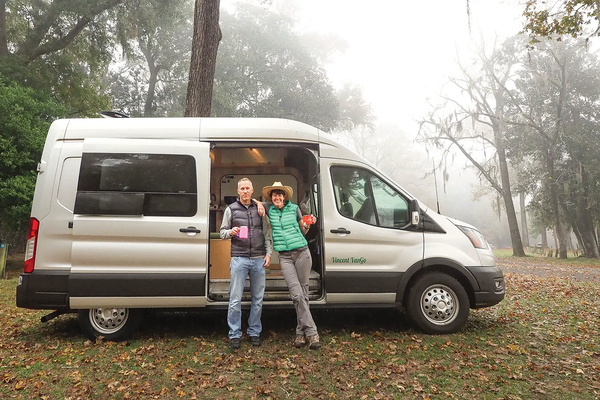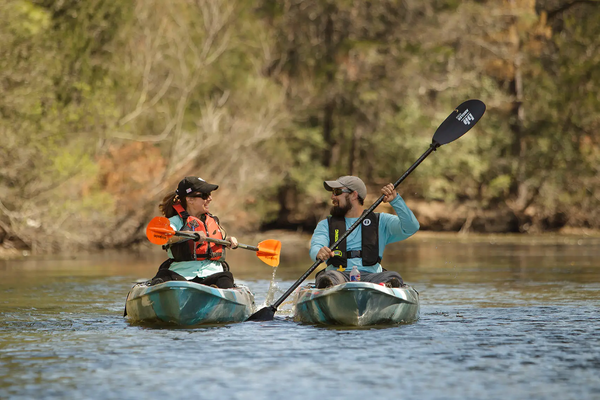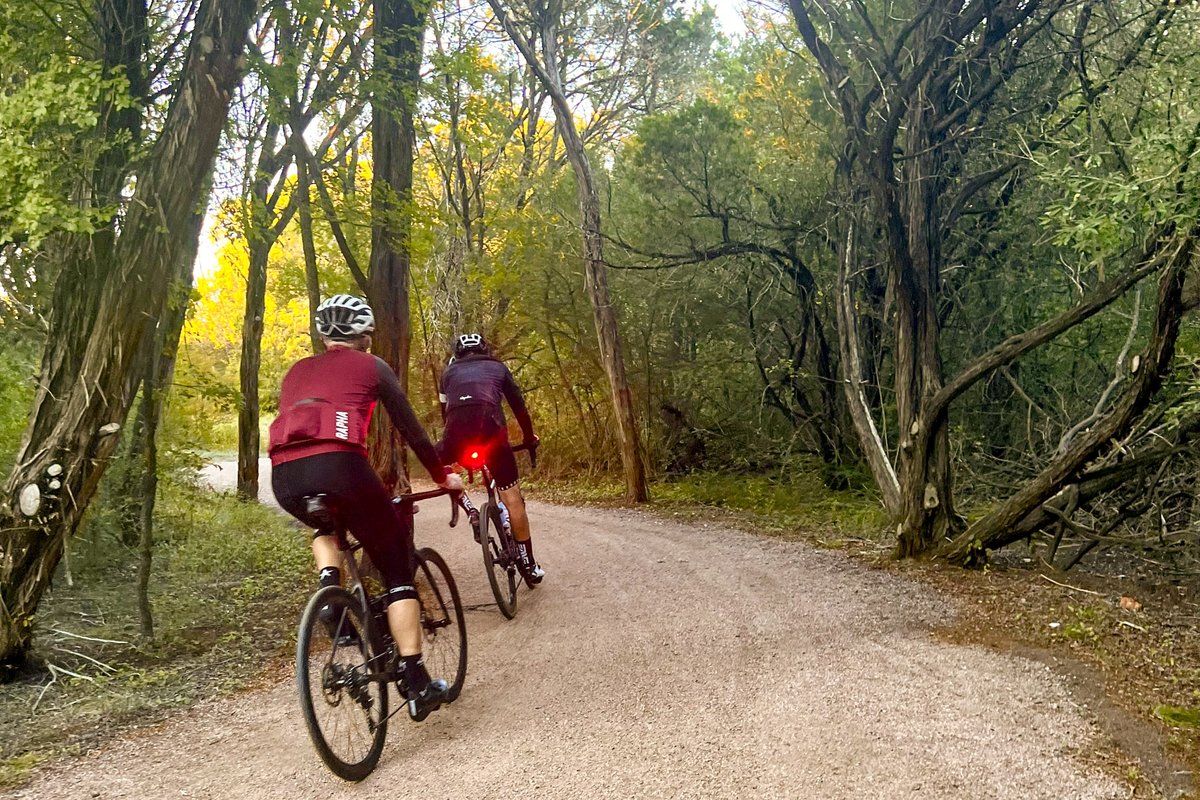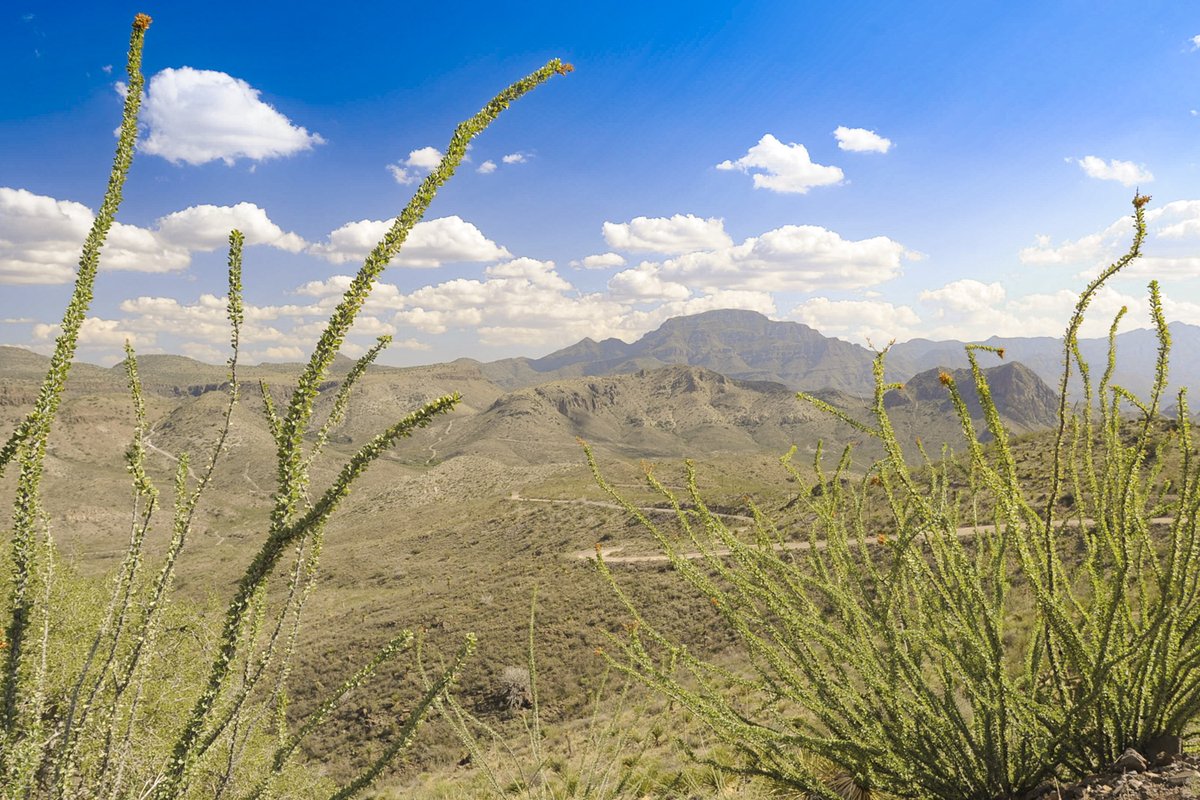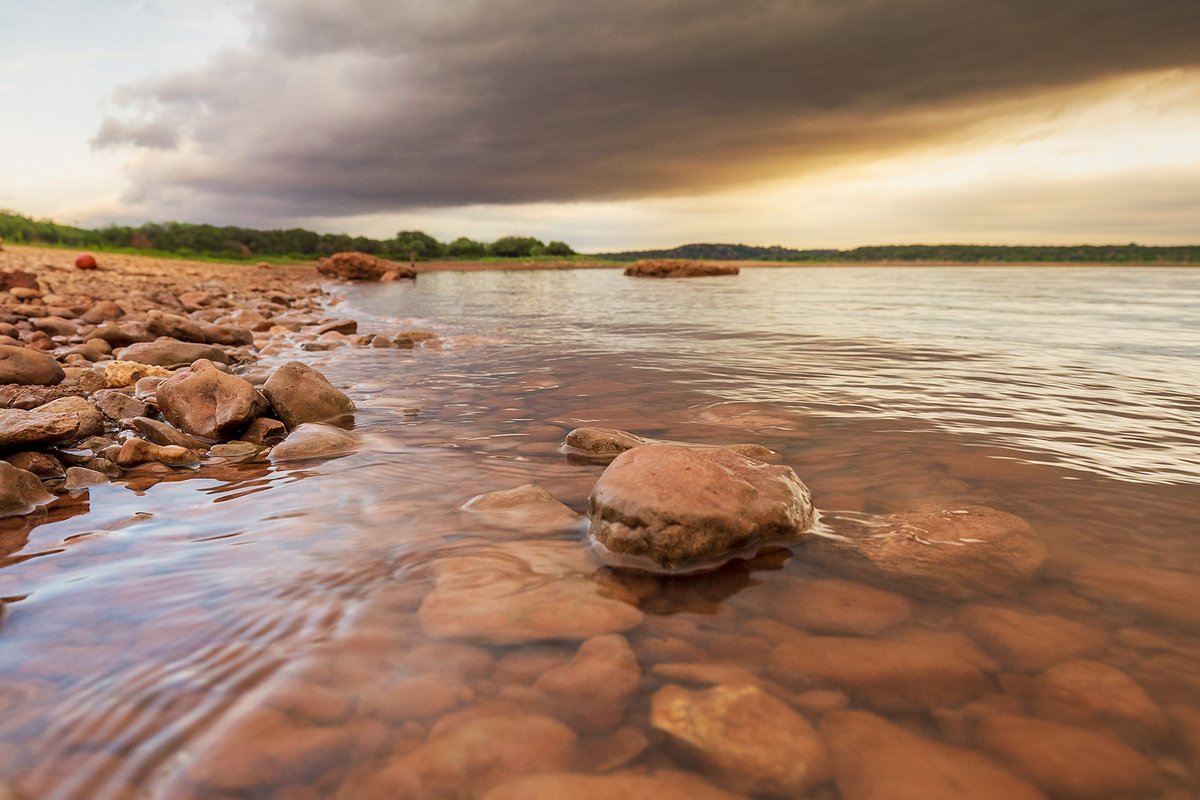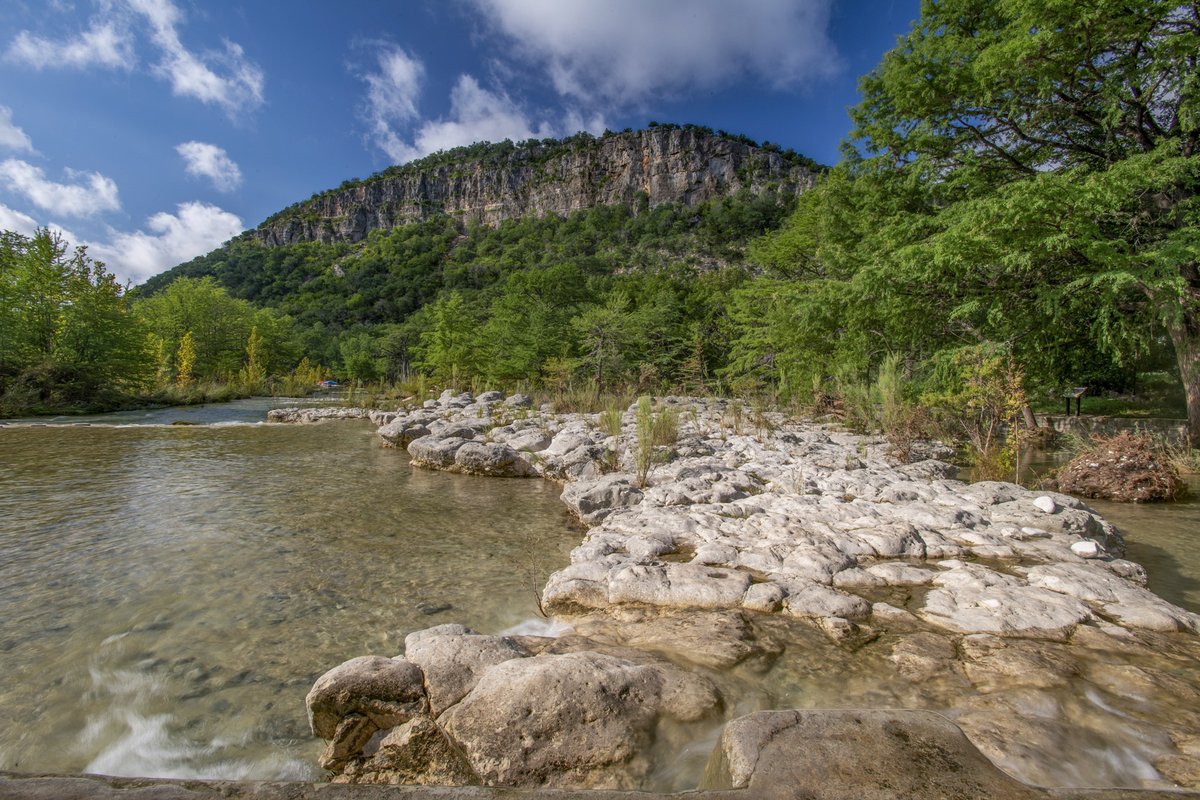On a leisurely drive through Chaparral Wildlife Management Area in South Texas, Texas Parks and Wildlife Department wildlife biologist Diego Navarro is pointing out the different plants along the side of the road. We pass a tall, graceful honey mesquite with a thick trunk. “That's a bull mesquite,” he says.
These elegant trees used to dominate the landscape, before people tried to clear them by cutting their trunks or dragging chains to uproot them. All this disturbance only made the mesquites come back with a vengeance, growing many smaller stems instead of the single thick trunk. The few remaining bull mesquites have a quiet majesty about them, their feathery leaves blowing softly in the breeze.
Further down the road, Navarro stops the truck, gets out and plucks a couple of leaves from a toothache tree, a medicinal plant used by Native Americans, offering them to us to chew. I feel numbness spread across my mouth and quickly spit them out.
Further along, we learn about the fleshy leatherstem plants sprouting thickly from bright-red soil, and the prickly bushes of blackbrush acacia. We see the surprisingly green leaves of the guayacan plant, and huge growths of prickly pear bedecked with yellow blossoms. The further we drive, the more the prickly thorn scrub takes on new dimensions.
“South Texas, for a lot of people — I like to call it an acquired taste,” says South Texas Ecosystem Project Leader Robert Allcorn. “Some people just drive by and see a bunch of brush and don't stop to pay attention. Once you're out here and you're actually paying attention, it's beautiful.”
Chaparral WMA, or “the Chap,” for short, encompasses 15,200 acres of South Texas Brush Country in La Salle and Dimmit counties. It's a hunter's paradise, a birding destination, a valuable research site and a stunning study of the diversity of South Texas plant and animal life.
The WMA was formerly part of a historic South Texas cattle ranch owned by the Light family, and TPWD purchased it in 1969. “There's a lot of history on the property,” says WMA biologist Lori Massey. “An old railroad runs through it, and there used to be an old town called Farmington. There's a marker for it on the driving loop.”
The WMA is a demonstration site for landowners in the area who want to learn more about management practices in South Texas, and hosts educational events for local students. It's also used for research on white-tailed deer, feral hogs, javelina, bobwhite quail and the Texas horned lizard. (Fun fact: the light-colored roads on the property were designed to be close to the color of the dirt so that horned lizards could cross the road while remaining camouflaged from predators such as hawks).
While access to the majority of the WMA is restricted, two large units are open for public use (and hunters can see even more). Visitors can walk a short nature trail near the office, and hike, bike or take a driving tour of the rest of the publicly accessible property. Educational pamphlets available at the office and registration stations provide interesting context about the plants and animals one might see along the way.
Allcorn encourages visitors to slow down and take in the richness of this native landscape. “Our walking trail and our driving trail will hopefully show you that there's plenty of beauty once you get out here,” he says.
What to Do
Walk the Nature Trail
Located just steps from the WMA's office, a short and winding loop takes visitors past interesting plants and a small pond.
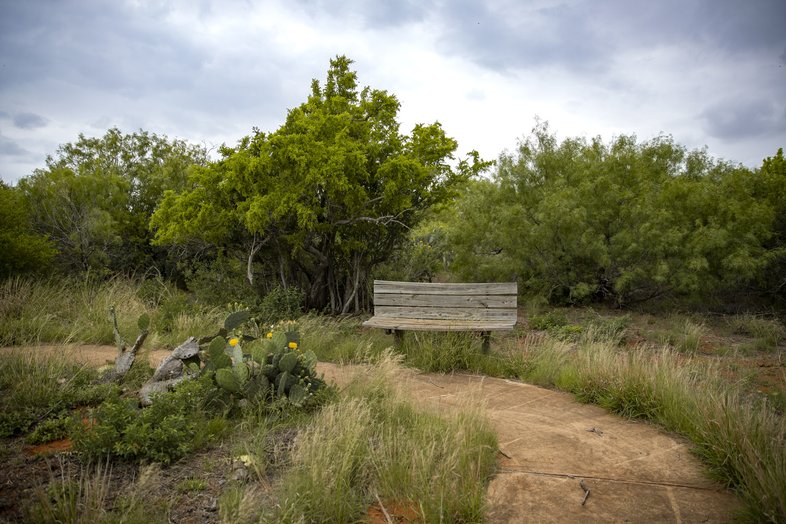
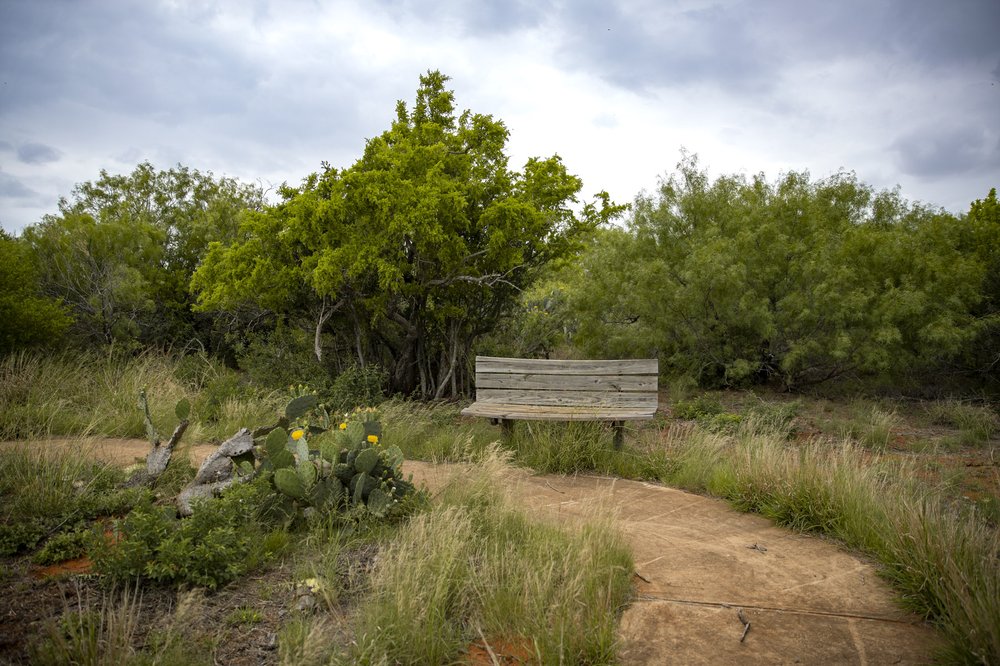
A bench provides a place to rest along the WMA's interpretive trail.
A bench provides a place to rest along the WMA's interpretive trail.
Camp
Right off FM 133 about 1.5 miles before the WMA office is the campground, which features shaded campsites with fire rings, as well as a bathroom with showers (luxury, for a WMA!). During the public use period a back gate is open from 6 a.m. until 9 p.m.
Hike
Visitors can roam around parts of the property open to the public. Small senderos, or trails, branch off from the main road and are easy hiking (but not good for driving).
Look for wildlife
Watch for horned lizards, javelina, bobcats, tortoises and badgers.
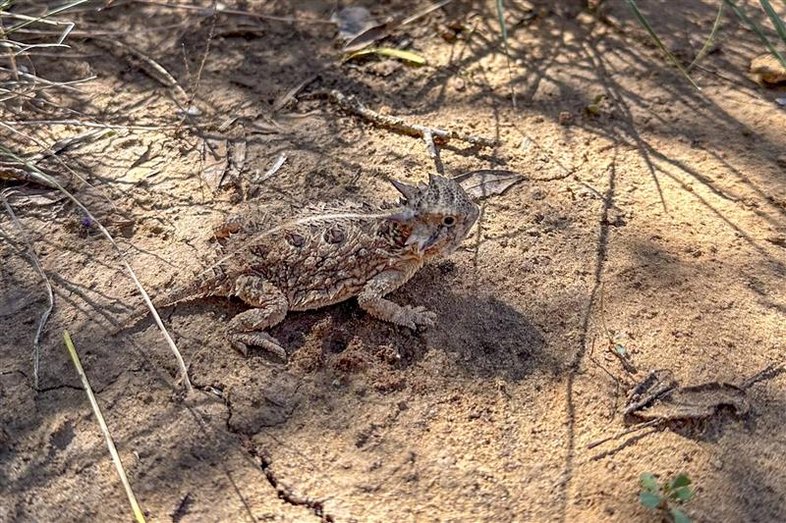
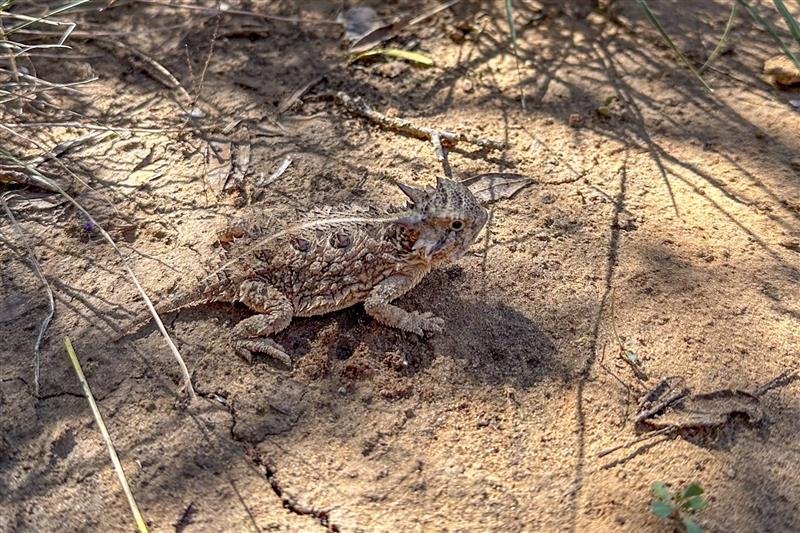
A horned lizard scampers across the cracked earth at Chaparral WMA.
A horned lizard scampers across the cracked earth at Chaparral WMA.
Visit the Observation Station
Along the driving tour, an ADA-accessible ramp leads to a charming wooden observation station in the forest canopy. Keep an eye out for painted buntings, pyrrhuloxia and green jays.
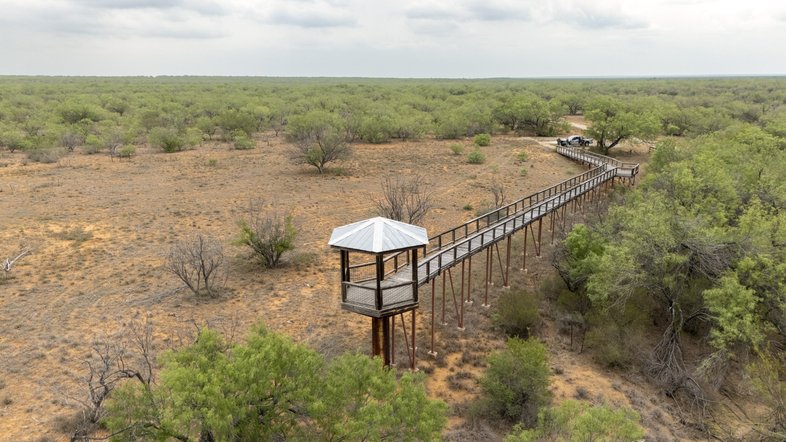
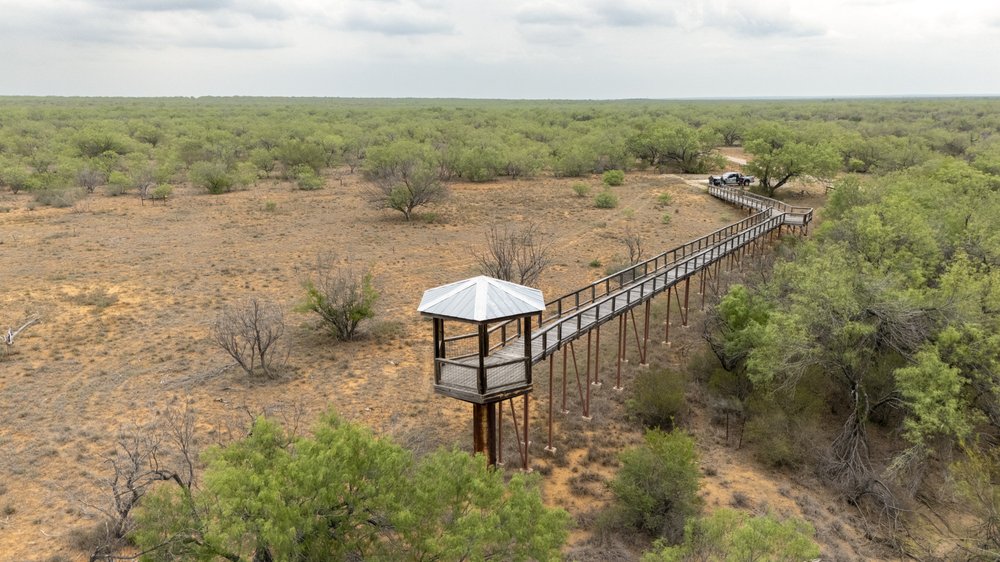
An ADA-accessible ramp leads to a charming wooden observation station.
An ADA-accessible ramp leads to a charming wooden observation station.
Drive Through the Property
Pick up a public use map at the kiosk, and drive through the pastures open to the public.
Hunt
The WMA offers drawn hunts for big game, and walk-in opportunities for dove and quail. Check in at the office before heading out on your hunt.

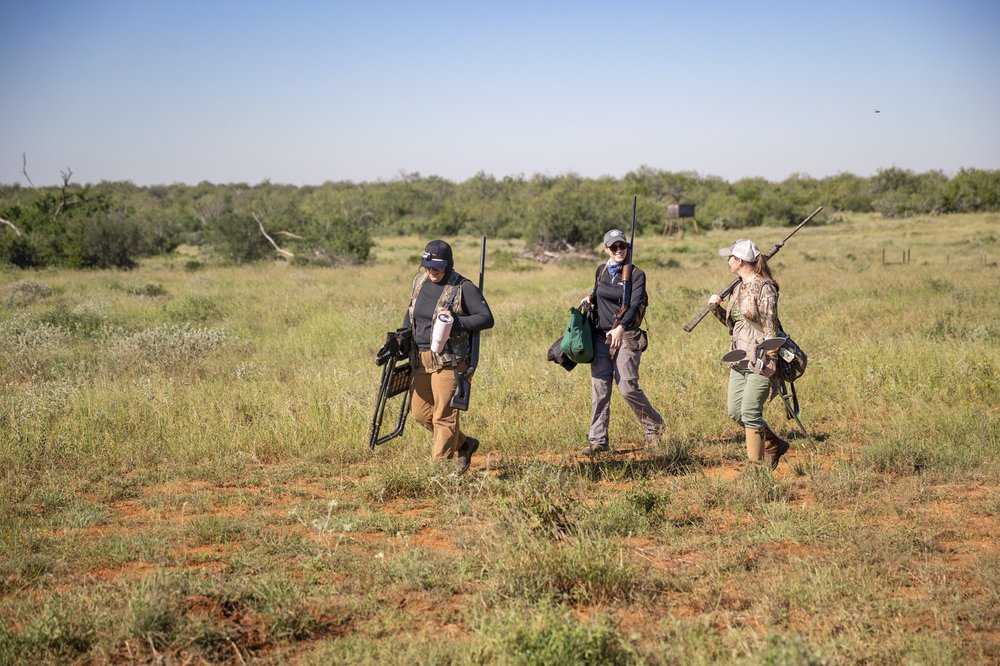
Hunters set out for dove at Chaparral WMA.
Hunters set out for dove at Chaparral WMA.
How to visit
Chaparral WMA is open for general public use from April 1 through Aug. 31 each spring and summer. Contact the area manager for additional dates or special events. Campsites are first-come, first-served. Check in at the registration station (either the main office, or the kiosk by the campsite) and pick up a map of the area. To visit any WMA, you need either a Limited Public Use Permit ($12) or an Annual Public Hunting Permit ($48). You can purchase either online on the TPWD website, in person at TPWD offices and retail hunting and fishing license dealers, or by phone at 800-TX-LIC-4U. Unlike state parks campsites, which must be booked online, WMAs do not require advance reservations.
